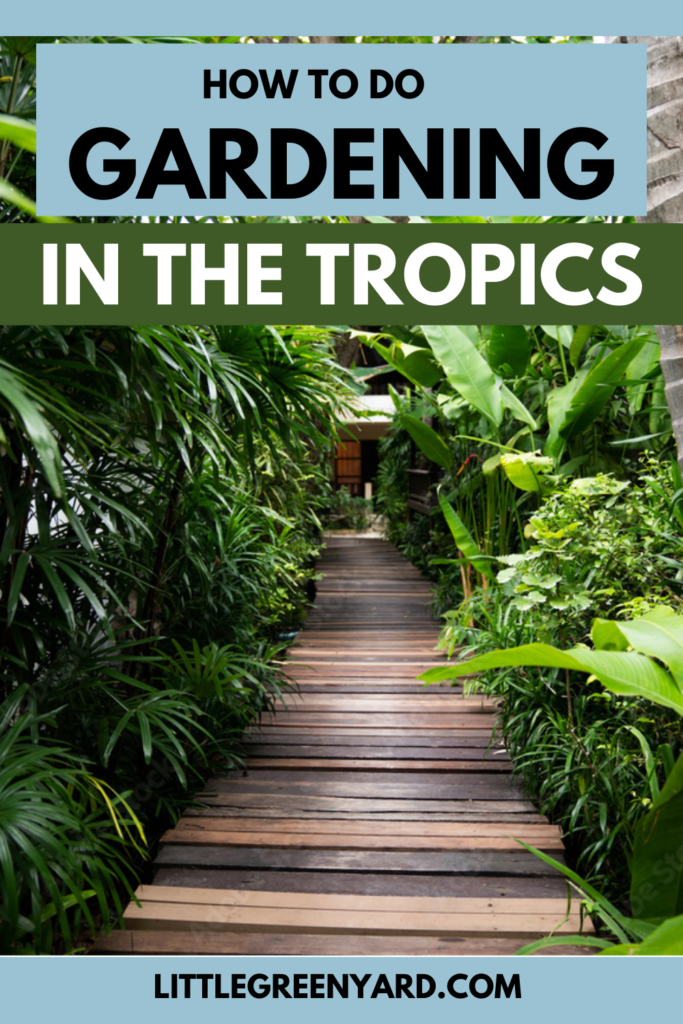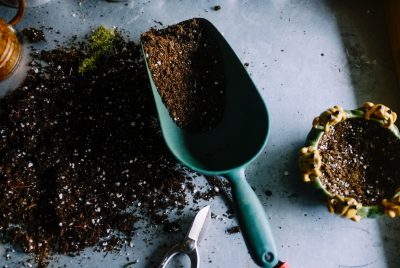How to Do Gardening in the Tropics
As an enthusiast of tropical gardening, I am excited to share my knowledge and experiences on how to create a thriving garden in the tropics. Coming from Singapore, I know that gardening in the tropics is a very rewarding and fulfilling endeavor, but it does come with its own unique challenges. In this article, I will guide you through the suitable weather conditions, explain how climate can affect crop quality, and provide helpful suggestions to ensure your tropical garden flourishes.
When it comes to gardening in the tropics, understanding the region’s climate and weather conditions is crucial. The tropics are characterized by high temperatures, humidity, and abundant rainfall. These factors create a perfect environment for lush and diverse plant growth. However, it’s important to adapt your gardening practices to these specific conditions for optimal results.
Understanding the Tropics
The tropics encompass regions near the Equator, including parts of Africa, Asia, the Americas, and Oceania. These areas experience relatively consistent temperatures throughout the year, with only minor fluctuations. The tropical climate provides an extended growing season, allowing for year-round cultivation of various crops.
Importance of Suitable Weather Conditions
Weather conditions play a vital role in the success of a tropical garden. Plants in the tropics thrive in warm temperatures ranging from 70°F to 90°F (21°C to 32°C). Additionally, they require high humidity levels to support growth and prevent dehydration. Proper airflow and ventilation are also essential to reduce the risk of diseases caused by excess moisture.
Effects of Climate on Crop Quality
The tropical climate can impact the quality of your crops in several ways. High temperatures can accelerate plant growth, but they can also cause stress and increase water requirements. Excessive rainfall can lead to waterlogged soil, which may hinder root development and cause root rot. On the other hand, prolonged dry spells can result in drought stress and stunted growth.
Choosing the Right Crops
Selecting suitable crops for your tropical garden is key to achieving success. Opt for heat-tolerant varieties that thrive in high humidity conditions. Some popular choices include tomatoes, peppers, cucumbers, beans, tropical fruits like papaya and pineapple, and leafy greens like spinach and lettuce. Research the specific requirements of each plant and choose varieties that are well-suited to your climate.
Preparing the Soil
Preparing the soil is a crucial step in tropical gardening. Start by removing any weeds, rocks, or debris from the planting area. Loosen the soil to improve drainage and aeration, as excessive moisture can lead to root problems. Incorporate organic matter, such as compost or well-rotted manure, to enrich the soil with essential nutrients.
Watering and Irrigation
In the tropics, regular and adequate watering is vital for plant growth. Monitor the moisture levels of your garden to prevent both under and overwatering. Consider using drip irrigation or soaker hoses to deliver water directly to the roots while minimizing evaporation. Mulching around plants can also help retain moisture and suppress weed growth.
Providing Adequate Shade
While tropical plants thrive in sunlight, excessive exposure to intense heat can cause sunburn and wilting. Provide shade structures, such as shade cloth or trellises, to protect your plants during the hottest parts of the day. This will help maintain optimal growing conditions and prevent stress-induced damage.
Managing Pests and Diseases
In the tropics, pests and diseases can be more prevalent due to the favorable conditions. Implement preventive measures such as regular inspection, removing infected plants, and practicing good hygiene in the garden. Consider using organic pest control methods, such as neem oil or insecticidal soaps, to minimize the use of harsh chemicals.
Fertilizing the Plants
Tropical plants have high nutrient requirements, and regular fertilization is necessary for their optimal growth. Apply a balanced organic fertilizer or slow-release granular fertilizer according to the specific needs of your plants. Remember to follow the recommended application rates and timing to avoid overfertilization, which can lead to nutrient imbalances or burning of the plants.
Pruning and Training
Proper pruning and training techniques are essential for maintaining the shape, size, and overall health of your tropical plants. Regularly remove dead or diseased branches to promote new growth and improve air circulation. Train climbing plants onto trellises or support structures to maximize space and facilitate harvesting.
Harvesting and Storage
Harvesting your crops at the right time is crucial to ensure optimal flavor and nutritional value. Refer to specific plant guidelines for the appropriate harvest times. After harvesting, handle the produce carefully to avoid damage and spoilage. Store fruits and vegetables in a cool, dry place or in the refrigerator to prolong their shelf life.
Tips for Successful Tropical Gardening
- Stay hydrated: Remember to drink plenty of water and take breaks while working in the garden, especially during hot and humid days.
- Mulch wisely: Apply a layer of organic mulch around plants to retain moisture, suppress weeds, and regulate soil temperature.
- Rotate crops: Practice crop rotation to prevent the buildup of pests and diseases in the soil.
- Observe local gardening practices: Learn from local gardeners and observe traditional gardening techniques specific to your region.
- Experiment and learn: Gardening is an ongoing learning process. Be open to experimentation, adapt to the unique challenges of your location, and learn from your experiences.
Parting words
Gardening in the tropics offers an incredible opportunity to cultivate a diverse range of plants and enjoy the beauty of nature year-round. By understanding the suitable weather conditions, considering the effects of climate on crop quality, and implementing the suggested tips, you can create a successful tropical garden that thrives in the unique environment.
FAQs
Q1. Can I grow non-tropical plants in the tropics? Yes, it is possible to grow non-tropical plants in the tropics by providing suitable microclimates or using controlled environments like greenhouses.
Q2. How often should I water my tropical garden? The frequency of watering depends on various factors, including weather conditions and soil moisture levels. Monitor your garden regularly and water when the top inch of soil feels dry.
Q3. Are there any specific pests or diseases I should be cautious about in tropical gardening? Some common pests in tropical gardening include aphids, mealybugs, and caterpillars. Diseases like fungal infections and viral infections can also affect plants. Regular inspection and proper pest management practices can help prevent and control these issues.
Q4. Is it necessary to use fertilizers in tropical gardening? While tropical soils are often rich in nutrients, regular fertilization is recommended to ensure optimal plant growth. Organic fertilizers are a popular choice due to their long-term benefits and environmental sustainability.
Q5. Can I grow herbs in a tropical garden? Yes, many herbs can be successfully grown in tropical gardens. Some examples include basil, mint, lemongrass, and cilantro. Choose heat-tolerant varieties and provide adequate shade if necessary.
Remember, gardening in the tropics can be a rewarding journey filled with unique challenges. Embrace the opportunities, adapt to the climate, and enjoy the bountiful harvests that your tropical garden will provide.





